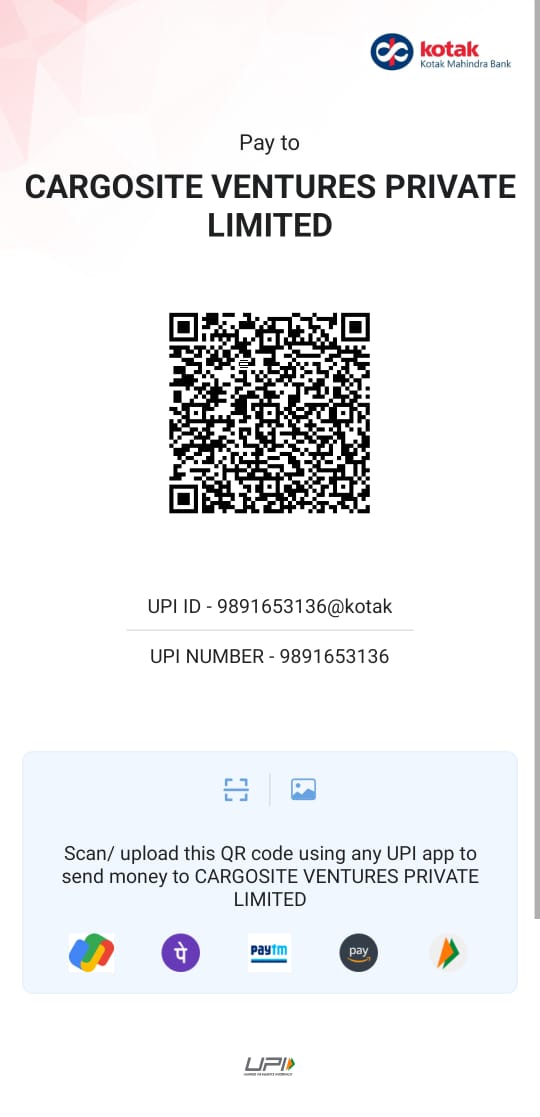Circular No. 37/2017-Customs
F.No.450/08/2015-Cus.IV
Government of India
Ministry of Finance
Department of Revenue
Central Board of Excise & Customs
****
Room No. 227B North Block, New Delhi.
Dated the 20th September, 2017.
To
All Principal Chief Commissioners/Chief Commissioners of Customs/Customs
(Preventive)
All Principal Chief Commissioners/Chief Commissioners of Customs & Central Excise
All Principal Commissioners/Commissioners of Customs/Customs (Preventive)
All Principal Commissioners/Commissioners of Customs & Central Excise
Subject: Implementing Electronic Sealing for containers by exporters under self-sealing
procedure prescribed by Circular 26/2017-Cus dated 1st July, 2017 and
Circular 36/2017 dated 28th August, 2017. - reg.
Sir/ Madam,
Representations have been received from several associations seeking information on
the availability of RFID Tamper Proof One-time-bolt container seals. Field formations have
also sought guidance of the Board regarding the identity of vendors, availability of the
electronic seals, web-based application and provisioning of readers at various ports / ICDs.
2. Several potential vendors have communicated with the Board & field formations
regarding availability of seals and their intention to provide reader devices (for reading the
seals) at select or all ports/ICDs.
3. In order to ensure that electronic seals deployed are of a reliable quality, the Board has
adopted international standards laid down under ISO 17712:2013 for high security seals and
prescribed that vendors intending to offer RFID seals should furnish certifications required
under the ISO standard (para 3 of circular No.36/2017 dated 28.8.2017 refers).
3.1 To ensure uniformity in acceptance of the certificates submitted by vendors, required
under ISO 17712:2013, it has been decided that all vendors proposing to offer RFID Tamper
Proof One-Time-Bolt Container Seals to exporters for self-sealing, must submit self-attested
certificates from seal manufacturers to the Director (Customs), CBEC, North Block, New Delhi
before commencing sales. Where the certification is found to comply with the requirements of
the ISO standard, the names of such vendors shall be put up on the Board's website
(www.cbec.gov.in) for ease of reference of the trade and field formations, as soon as they are
received.
3.2 The vendors shall also produce a contract or communication between the vendor and
manufacturer, to serve as a link document and undertake that the seals for which ISO
certifications are submitted are the same seals pressed into service.
3.3 Any time a vendor changes his manufacturer-supplier, he shall provide the
documentation referred in para 3 of circular 36/2017-Customs to the CBEC, before offering
the seals for sale.
3.4 Clarifications have also been sought regarding the type/specification of the web-hosted
application. While each vendor may develop and design their own web-enabled application,
the data elements prescribed under para 4 (a) of circular 36/2017-Customs have to be
incorporated. For the purposes of consistency in process of communication with the customs
stations and the RMD, each vendor shall provide information as specified in para 4 (b) of
circular 36/2017-Customs to the department by email in excel format or any other format
that may be specified by any field formation or RMD. This would permit ease of
consolidation of multiple feeds at the customs station and data integration. All field formations
are advised to communicate the designation based email addresses to the vendors, once the list
is placed on the website as mentioned at para 3.1 above.
3.5 As a measure of data integrity and security of sealing, vendors are also required to
ensure that the Tag Identification (TID) number is captured in their data base and the IEC code
of the exporter is linked to the same at the time of sale of the seals. Upon reading at the Port /
ICD, the software application shall ensure that the seal's identity is checked with its TID.
Beyond this prescribed minimum feature, vendors will remain free to build upon any other
features of RFID system for enhancing security / functionalities.
4. For the ease of reference of the exporters, vendors are advised to publicise on their
website, name of each port / ICD where they have provided readers. Custodians and Customs
brokers are also advised to proactively engage with vendors regarding availability of reading
facilities at container terminals and ICDs so that there is no dislocation to logistics operations.
5. Considering the difficulties expressed by trade associations in locating vendors of RFID
seals, the Board has decided that the date for mandatory self-sealing and use of RFID container
seals is deferred to 1st November, 2017. The existing practice may continue till such time. It
is also provided that exporters are free to voluntarily adopt the new self-sealing procedure
based upon RFID sealing, if readers are in place at the customs station of export from
1.10.2017.
.
6. Apprehensions have been expressed by some associations and trade bodies regarding
the availability of reading facilities in hinterland ICDs. In view thereof, custodians of ICDs are
requested to facilitate the process of receiving handheld readers or installation of fixed readers
at the ICDs and to approach the Board in case readers are not made available by vendors at any
ICD by 10th October, 2017.
7. Difficulties, if any, may be brought to the notice of the Board.
8. Hindi version follows.
Yours faithfully,
(Zubair Riaz)
Director (Customs)

